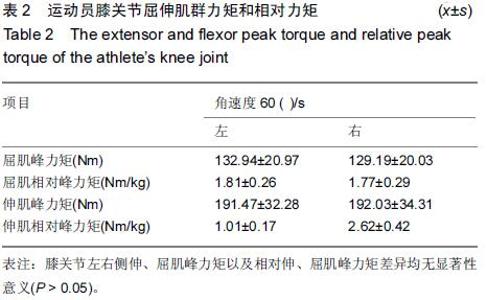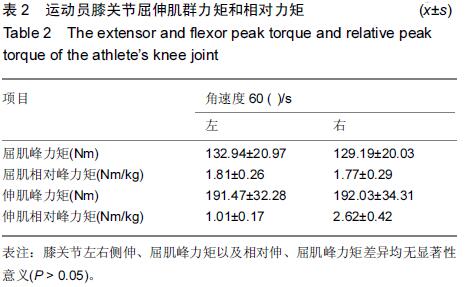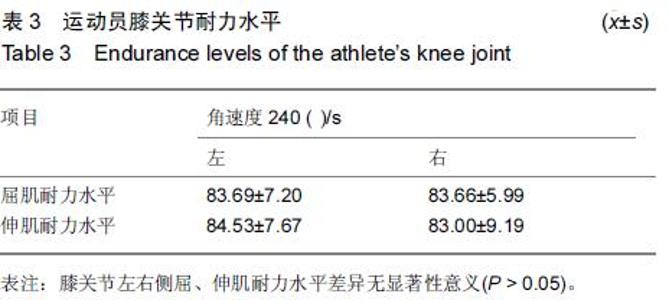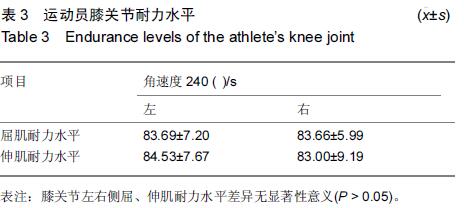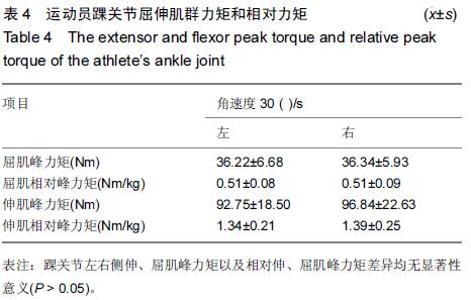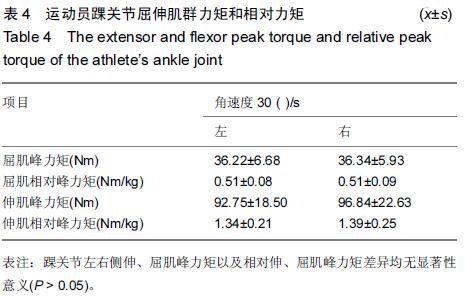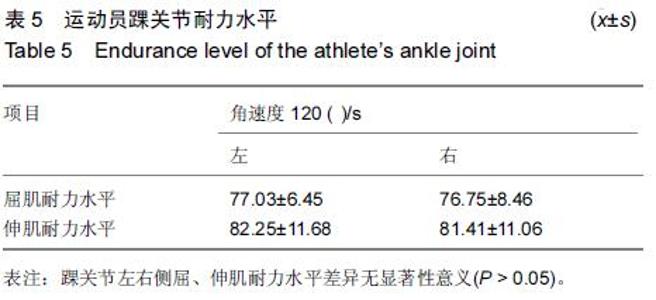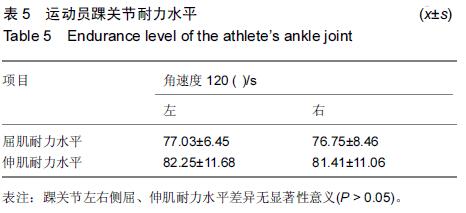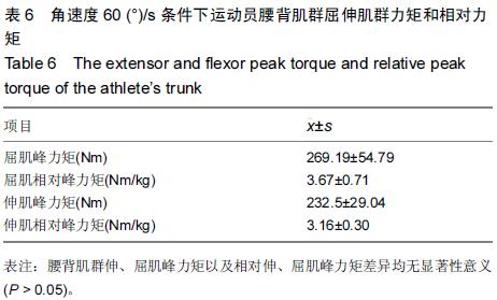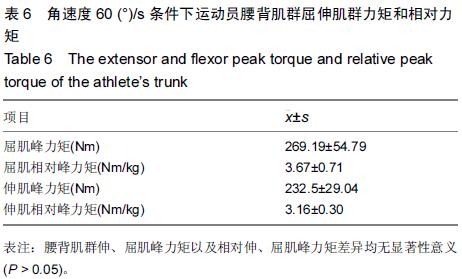| [1] 吴毅.等速肌力功能测试和训练技术的基本原理与方法[J].中国康复医学杂志,1999, 14(1): 44-47.
[2] Cohen P, Chantraine A, Gohellet C, et al. Influence of testing position on lumbar isokinetic measurements. Ann Readapt Med Phys. 2002; 45(1):12-18.
[3] 李吉如,邓京捷, 张小莉.等速康复训练在集体小球项目中的应用研究[J].体育科研,2015, 2(36):35-38.
[4] 金宗强, 李宗浩, 郭静如.等动测力系统对膝关节肌研究的进展[J].天津体育学院学报.2001,1(16):47-50.
[5] 黄婷婷,范利华,高东,等.等速肌力测试与训练技术在肌肉功能评定中的研究进展[J].法医学杂志,2013, 2(29):49-52.
[6] 汪洋,王雁, 衣龙燕,等.我国优秀男子花剑运动员下肢等速肌力测试分析[J].中国体育科技,2013, 6(49):66-69.
[7] Hislop HJ, Perrine JJ. The isokinetic concept of exercise. Phys Ther. 1967; 47: 114.
[8] 王翠霞,周凯.躯干等速向心屈伸运动时屈伸肌力的变化:脊柱易受损伤的角度范围[J]. 中国组织工程与临床康复,2010, 14(7): 1191-1195.
[9] Wilk K, Meiser K, Andrews J. Current Concepts in the Rehabilitation of the Overhead Throwing Athlete.Am J Sport Med. 2002; 30:136-151.
[10] 李国平,陈晓鸣,张维娜.用等速测力法评定优秀运动员股四头肌和腘绳肌力量和耐力[J]. 中国运动医学杂志,1988, 7(3): 143-190.
[11] 冯连世,冯美云,冯伟权.优秀运动员身体机能评定方法[M].人民体育出版社,2003:534.
[12] 方海波,李诚铭,刘培茂.优秀男足运动员膝关节等速肌力特征研究[J].浙江体育科学.2010, 32(5):100-102.
[13] Grace TG, Sweetser ER, Nelson MA, et al. Isokinetic muscle imbalance and knee-joint injuries. J.B.J.S. 1984; 66A: 734-740.
[14] Malliou P, Ispirlidis, Beneka A, et al. Vertical jump and knee extensors isokinetic performance in professional soccer players related to the phase of the training period. Isokinetics Exe Sci. 2003; 11(3): 165-169.
[15] Morris A. Hamstring/quadriceps strength rations in collegiate middle-distance and distance runners. The Physician and Sports medicine. 1983; 11:71-77.
[16] Oberg B, Möller M, Gillquist J, et al.Isokinetic torque level for knee extensons and knee flexors in soccerplayers.Int J Sports Med.1986;7:50.
[17] Knapik JJ, Ramos MU. Isonetic and isometric torque relationships in the human body. Arch. Phys. Med. Rehabil. 1980; 61: 64-67.
[18] 姜红军,赵图强.关于足球运动员的踝关节损伤及预防[J].辽宁体育科技. 2001:20.
[19] 毛杰,耿建华,强太平.男子职业足球队运动员踝关节损伤原因及对策[J].西安体育学院学报. 2004, 21(6):57-59.
[20] 高静. 足球运动员踝关节损伤的原因及康复研究[J].当代体育科技. 2013, 3(33):22-23.
[21] Lees Clerco. The maximal and submaximal vertical jump: implications for strength and conditioning. J Strength Conditioning Res. 2004; 18(4):787-791.
[22] Arnold BL,Linens SW,de la Motte SJ,et al.Concentric evertor strength differences and functional ankle instability: a meta-analysis. J Athl Train. 2009; 44(6):653-662.
[23] Collado H,Coudreuse JM,Graziani F,et al.Eccentric reinreinforcement of the ankle evertor muscles after lateral ankle sprain.Scand J Med Sci Sports. 2010; 20(2):241-246.
[24] 赵丽,李翠,顾博雅,等. 功能性踝关节不稳者动态平衡能力及等速肌力特征研究[J].中国医药导报,2012, 9(35): 44 -46.
[25] 刘辉,刘波,伍萨,等.踝关节不稳患者踝关节等速肌力和动态平衡能力的临床研究[J].中医正骨,2015,2(27):7-11.
[26] 岳建军.不同级别竞技健美操运动员髋、膝和踝关节等速肌力特征研究[J]. 中国体育科技,2014,50(6):59-66.
[27] 张德辉, 黄昌林, 刘鼎城.青年下背痛患者躯干肌力于腰椎曲度的临床研究[J].中华物理医学与康复杂志,2003,25(8):469-471.
[28] 李新华.邓森悦腰部屈伸肌力平衡的特征分析[J].当代体育科技, 2015,1(5):29-30.
[29] 何强.我国优秀女子摔跤运动员腰背肌力特征研究[J].西安体育学院学报,2013,6(30):731-736.
[30] 殷翔.我国优秀男子自由跤运动员腰背部等速肌力测试分析[J].山东体育科技,2014, 6(36):76-80. |
